- Concept of Socialization
- Media and Social Change
- Social Movements in India
- First War of Independence 1857
- Swadeshi Movement 1905
- Non-Cooperation Movement 1920
- Civil Disobedience Movement 1930
- Quit India Movement 1942
- Land Reform Movement in India
- Chipko Movement 1973
- Dalit Panther Movement 1972
- Mandal Commission Report and Caste-Based Reservation in India 1990
- Narmada Bachao Andolan 1985
- Right to Information Act (RTI) 2005
- India Against Corruption Movement (2011) and Lokpal Act (2013)
- India’s Awakening: The Nirbhaya Movement’s (2012) Impact
Concept of Socialization
The newborn understands nothing about society or social behavior. However, the child learns about the physical world and being a good or bad girl/boy as they grow up. They know what behavior is acceptable and unacceptable.
In This Article
Childbirth also changes the lives of people who are responsible for its upbringing. They undergo new learning experiences. Grandparenthood and parenting include many activities. Grandparents, also being parents, create new generational bonds. Likewise, a sibling also impacts a young child’s life.
Socialization is a life-long process through which a child becomes self-aware, informed, and skilled in their culture. Without socialization, individuals wouldn’t act like human beings. The primary socialization, which is also the most critical, happens in the early years. Secondary socialization extends over the entire life of a person.
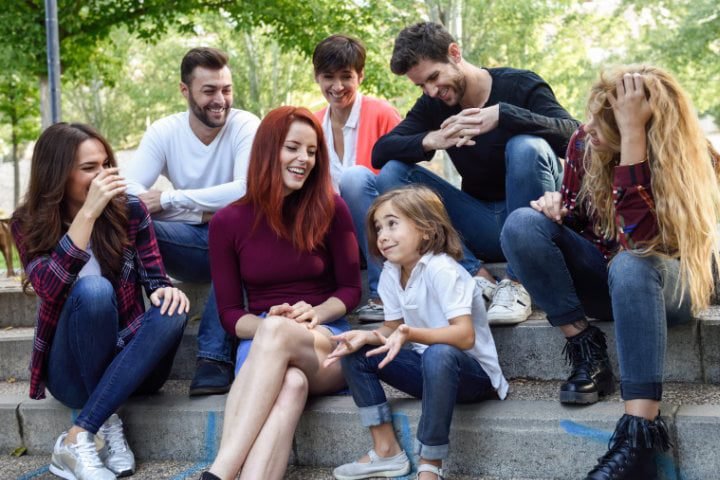

Now, let’s understand how the process of socialization takes place. A child starts as a member of a family. He or she is also part of a larger kin group, including brothers, sisters, and other relatives of the parents. Their birth family may be nuclear or extended. In addition, it belongs to a sub-caste, a religious and linguistic group.
These groups and institutions impose certain behavioral norms and values on each member. Being a part of these groups means identifying oneself as a son, daughter, grandchild, or student. These are the different roles that are required to be played simultaneously.
The process of learning the norms, attitudes, values, or behavioral patterns of these groups begins early in life and continues throughout one’s life.
Different families have different values and norms depending on whether they live in a village or city, or the caste, religion, or social classes they belong to. Then, one’s language and dialect depend on their region and the family’s socioeconomic and cultural profile.
Agencies of Socialization
The various organizations and institutions in which a person participates socialize him or her. Let’s discuss them one by one:
Family
family is the basic unit of a society. It is also the primary institution for socialization. The family’s system (traditions, norms, etc.) and structure (nuclear or extended) vary largely according to the culture it follows.
In traditional societies, an individual’s social position is largely determined by virtue of his/her birth. However, in recent times, due to education and growing economic opportunities, this practice has changed significantly.
Peer Groups
Among the secondary institutions for socialization, peer groups come first. Peer groups are groups of friends of a similar age. In families, parents or elders are somehow able to enforce codes of conduct on their children.
On the other hand, in peer groups, common interests largely determine the quality of interaction. Peer relationships often remain important throughout a person’s life in shaping an individual’s attitude and behavior.
Schools
A school is a formal organization and an important secondary institution for socialization. Alongside the formal curriculum, there is a hidden curriculum regarding social and ethical conditioning that determines children’s learning. Let’s compare the schooling system of two different cultures, Japan and Finland:
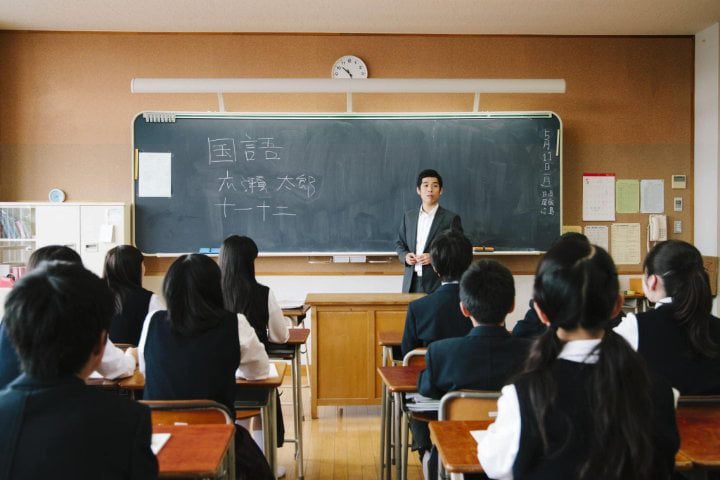

The Japanese school system encourages following rules, respecting authority, and getting along with others. Students are taught to have a strong sense of duty to society and are expected to follow societal norms.
There is more stress on discipline and memorization by heart and less on creativity and personal expression. Collective responsibility, hierarchy, and loyalty to the group are part of moral and ethical conditioning.
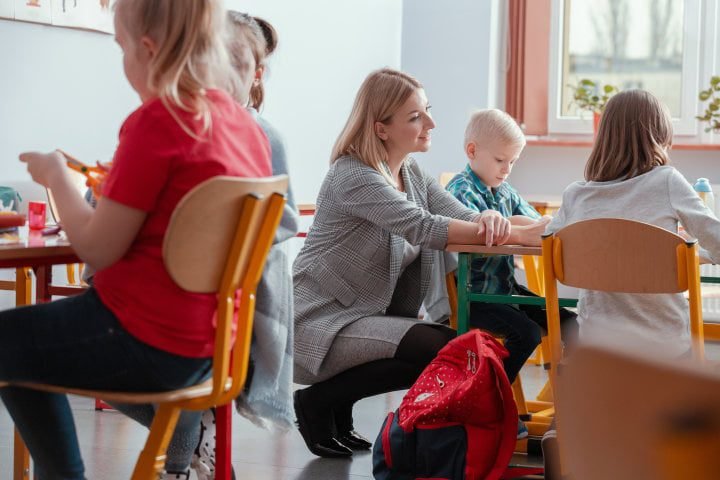

Finland’s school system, on the other hand, values individuality, creativity, and critical thinking. The focus is on encouraging freedom, self-expression, and taking responsibility for one’s actions.
Instead of focusing on standardized tests, education is student-centered, focusing on holistic development. Finland has a culture of openness and tolerance because its morals and social training are based on equality, acceptance, and mutual respect.
While both systems aim to prepare children for society, Japan focuses on conformity and group harmony, while Finland stresses individuality and fairness in social and ethical development.
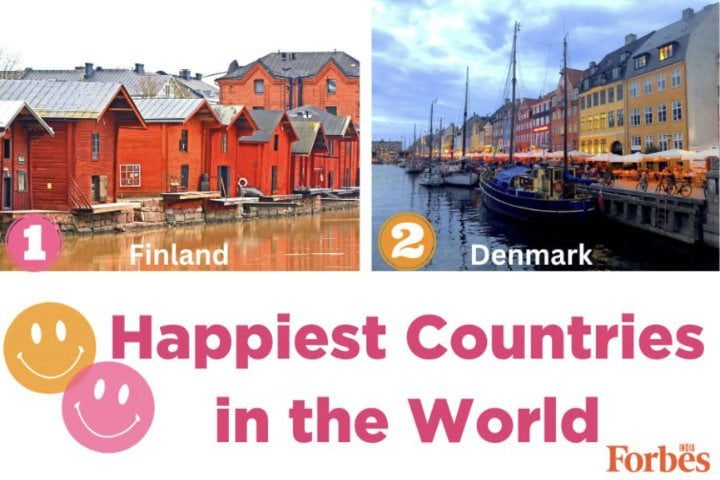

The results of these two approaches varied drastically. Japan is the world’s fourth-largest economy, while Finland is in the 48th position. On the other hand, for the last seven years, Finland has landed the top spot on the World Happiness Report’s annual ranking of the happiest countries in the world.
Work Place
Workplaces play crucial roles in secondary socialization outside the family and primary socialization settings.
Workplaces expose individuals to dealing with coworkers from various cultures, backgrounds, and perspectives. Through their work, individuals learn the professional norms, ethics, and behaviours they need to succeed in their chosen areas.
Mentorship and informal learning often happen at work, where more experienced coworkers teach newcomers useful information and skills. The interactions at the workplace help people learn how to get along with others, solve problems, and work as a team. They also help people grow and adjust to societal standards beyond familial influence.
Hobby Groups
Hobby groups offer spaces where individuals can follow their shared interests and passions away from work. As a result of sharing similar interests, hobby groups can help individuals make friends and build social networks. This can create a sense of community and belonging.
Individuals who belong to the same hobby group work together on projects, share ideas, and learn from each other, which helps them get better at their hobbies. Self-expression, creativity, and exploring personal interests are common activities that people can do in these groups. This helps individuals build their identities and feel content.
Mass Media
When it comes to secondary socialization—the process by which people’s views, beliefs, and actions are shaped outside of the contexts of their families and primary socialization—the media is crucial.
Information and Cultural Transmission
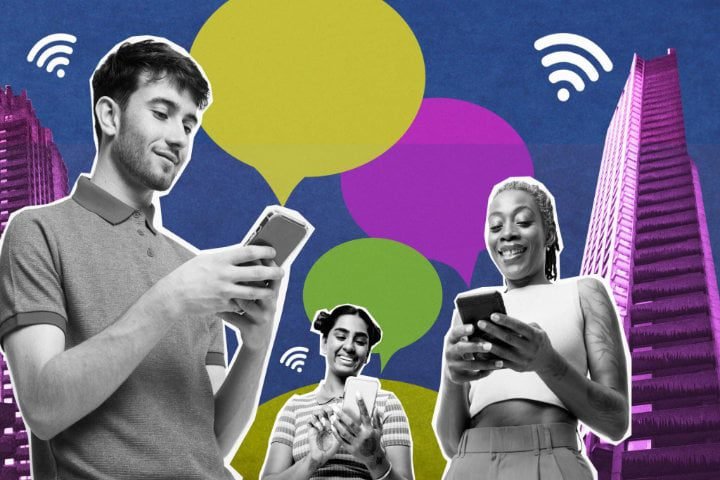

Television, the internet, and social media expose people to different cultures, lifestyles, and viewpoints through extensive information on various subjects. Through news, documentaries, and educational programs, media helps individuals understand societal norms, current events, and global issues, influencing their perspectives on various social matters.
Socialization in Consumer Culture
Media advertising and marketing efforts encourage consumerism and influence individuals’ preferences, purchasing behaviors, and lifestyle choices. Exposure to branded content and consumer culture through media shapes individual identities and social standing.
Formation of Social Bonds
Media platforms allow people to communicate with one another and build online communities centred around commonalities in interests, identities, or affiliations. People can connect regardless of physical location through virtual communities, chat rooms, and social media platforms like Facebook, Twitter, and YouTube.
Cognitive and Emotional Development
Storytelling, narratives, and fictional representations in the media greatly impact the emotional understanding of an individual. Exposure to different characters, situations, and moral dilemmas in media programs improves emotional intelligence, critical thinking, and empathy, which helps individuals grow socially and morally.
The CUET UG 2024 Mass Media and Communication syllabus contains this topic under the Communication section.




